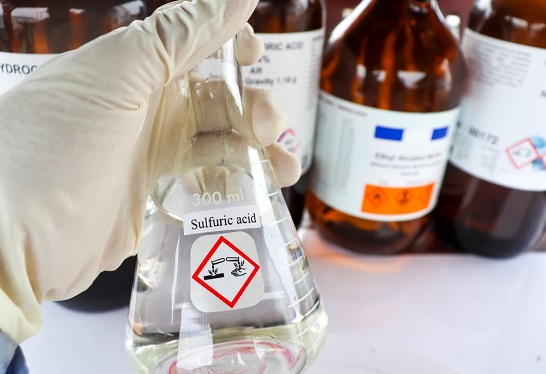Petro Chemicals
Our Services
What We Offer
Petrochemicals are a group of chemical compounds derived from petroleum or natural gas. These compounds play a crucial role in various industries, including manufacturing, agriculture, healthcare, and consumer goods.
At Sparco Engineering, we specialize in delivering comprehensive Engineering, Procurement, Construction, and Commissioning (EPCC) solutions tailored for the petrochemical industry. Our expertise spans the entire project lifecycle, ensuring seamless integration of advanced technology and innovative practices. With a commitment to excellence and safety, we provide reliable, efficient, and cost-effective services to meet the complex demands of petrochemical operations, driving growth and optimizing performance across every phase of your project

Green Methanol
Methanol, or CH₃OH, is a simple alcohol used in antifreeze, solvent, and fuel applications. Often produced from natural gas. "Green methanol is revolutionizing the petrochemical industry as a sustainable and versatile chemical building block. Emanated from renewable resources such as biomass and carbon capture. Green methanol offers a viable path to reducing greenhouse gas emissions." Green methanol is synthesized using carbon dioxide (CO2) and hydrogen (H2) sourced from renewable energy. The process begins with capturing CO2 from industrial emissions or directly from the atmosphere, transforming this greenhouse gas into a valuable resource. The hydrogen used in production is generated through electrolysis and powered by renewable energy sources such as wind, solar, and hydroelectric power. It ensures that the entire process is carbon-neutral, aligning with global.

Hydrogen
Hydrogen, represented by the H, is the universe's most abundant and lightest element. Grey Hydrogen: Cost-Effective Energy Grey hydrogen: is produced from natural gas through a process known as steam methane reforming. While it is the most cost-effective form of hydrogen production today, it also releases carbon dioxide. Our innovative solutions aim to improve efficiency and reduce emissions, ensuring that grey hydrogen remains a viable energy source during the transition to more sustainable alternatives. Blue Hydrogen: Bridging the Gap Blue hydrogen offers a transitional solution by capturing and storing the carbon emissions produced during hydrogen production. This process significantly reduces the carbon footprint, making blue hydrogen a key player in the move toward cleaner. Hydrogen, represented by the H.

Formaldehyde
Formaldehyde is a colorless, pungent gas with the formula CH₂O. Used in resins, textiles, and as a disinfectant
Formaldehyde is a versatile and essential chemical used across various industries, including construction, automotive, and textiles. Known for its effectiveness as a preservative and adhesive, formaldehyde is a key ingredient in the production of resins, plastics, and other essential materials.
Resin Production: Formaldehyde is a crucial ingredient in the synthesis of various resins, including urea-formaldehyde and phenol-formaldehyde, used in adhesives, laminates, and particleboards.
Textiles:
Used in textile finishing processes, formaldehyde enhances.

Ammonium Nitrate
Ammonium nitrate NH₄NO₃, is a white crystalline solid primarily used as a fertilizer for its nitrogen-rich composition.

Sulfuric Acid
.
A highly corrosive strong mineral acid, sulfuric acid has a myriad of industrial applications.

Urea
Urea, or NH₂CONH₂, is an organic compound extensively used as a fertilizer due to its high nitrogen content

With over 25 years of experience, Sparco Engineering specializes in innovative solutions for gas generation, processing, and storage. Known for delivering successful EPCC projects, the company is now expanding into offshore EPCIC services, providing cutting-edge, cost-effective engineering expertise.
Quick Links
Featured Products
Latest News
- Doxxbet Casino Login App Sign Up January 17, 2025
- Gambling Apps Iphone January 17, 2025
- Epic Win Casino Online January 17, 2025
- Any Casinos Open In Australia January 17, 2025
